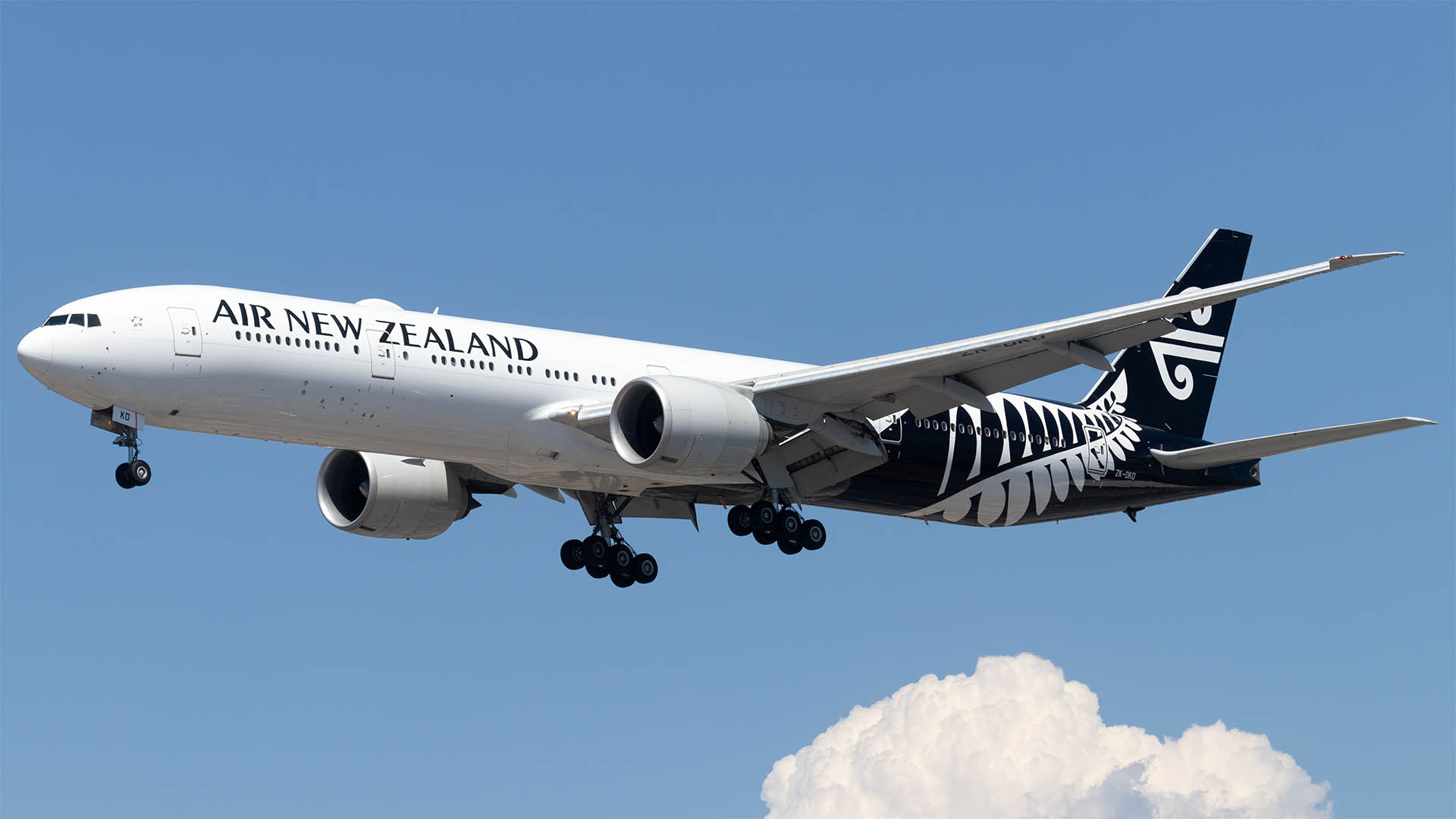What a difference a rising oil price is making to the tone and confidence of major oil and energy companies here and offshore. Majors like BP and Shell are not upbeat and talking about expansion – ConocoPhillips has boosted its planned spending, Total is going deeper into LNG, while back home Woodside is looking at expansion on the northwest shelf and Santos, which was up to earlier this year on life support, is now far more optimistic about its future and planning to boost spending in 2018.
Global oil prices are up solidly in recent months – the Brent price is around $US65 a barrel and US prices are around the $US57 a barrel level.
Prices are up around a third from the lows around $US43 a barrel mid year, but for the year to date, they have hardly moved.
Solid global growth and the impact of the production cap from Opec and other countries is working to reduce the global oil over supply.
For producers the sustained rise since mid year has been a godsend after the belief at the start of the year of a year long rally – that was nipped in the bid by the fall from April through June, before a rally as the production cap was extended.
So for the likes of Santos, the mood has changed.
Yes, it told an investor day yesterday that while production next year will be largely stable in 2018, sales are likely to end up lower than 2017 volumes.
It expects to produce between 55 and 60 million barrels of oil equivalent (mmboe) in 2018, similar to the 2017 guidance of 58 to 60 million barrels.
Sales volumes next year are likely to be slightly lower at 72 to 78 mmboe, mainly due to lower third-party volumes and natural field decline from non-core assets.
Shipments in 2017 are expected to be between 79 and 82 mmboe.
Investors didn’t like that news and marked the shares down more than 2.7% to around $4.65 at the close. Still they are still up more than 14% for the year.
The investor day was told that the company’s five core assets are expected to deliver higher production in 2018, after allowing for major planned plant shutdowns at PNG LNG, Darwin LNG and Moomba.
But this higher production from the core assets is expected to be offset by natural field decline in the non-core assets, meaning output over the year is likely to vary little from the forecast 2017 figure.
CEO Kevin Gallagher told the conference said the company’s strategy to focus on five core, long-life natural gas assets had positioned it to provide stable production for the next decade.
“We have removed substantial cost, arrested the production decline in the Cooper, GLNG is ramping-up and PNG LNG is operating at record rates," he said.
Santos last month refined its full-year production and sales guidance for 2017 after improved output from major assets in the September quarter.
These include the Gladstone liquefied natural gas terminal in Queensland, the Cooper Basin and Western Australian gas divisions, the Darwin LNG project and associated production blocks and Papua New Guinea projects.
The company says it will increase drilling activity in both the Cooper Basin and at the Gladstone LNG plant in 2018 as it looks to boost gas supply for the domestic market.
It also plans to spend more at its assets in PNG and the Barossa project in Northern Australia.
Capital expenditure in 2018 is expected to be in the range of $US825 million and $US875 million, a significant increase over the $US700-750 million range expected for 2017.
Santos says it also aims to reduce net debt to $US2 billion by the end of 2019, from $US2.8 billion now.












